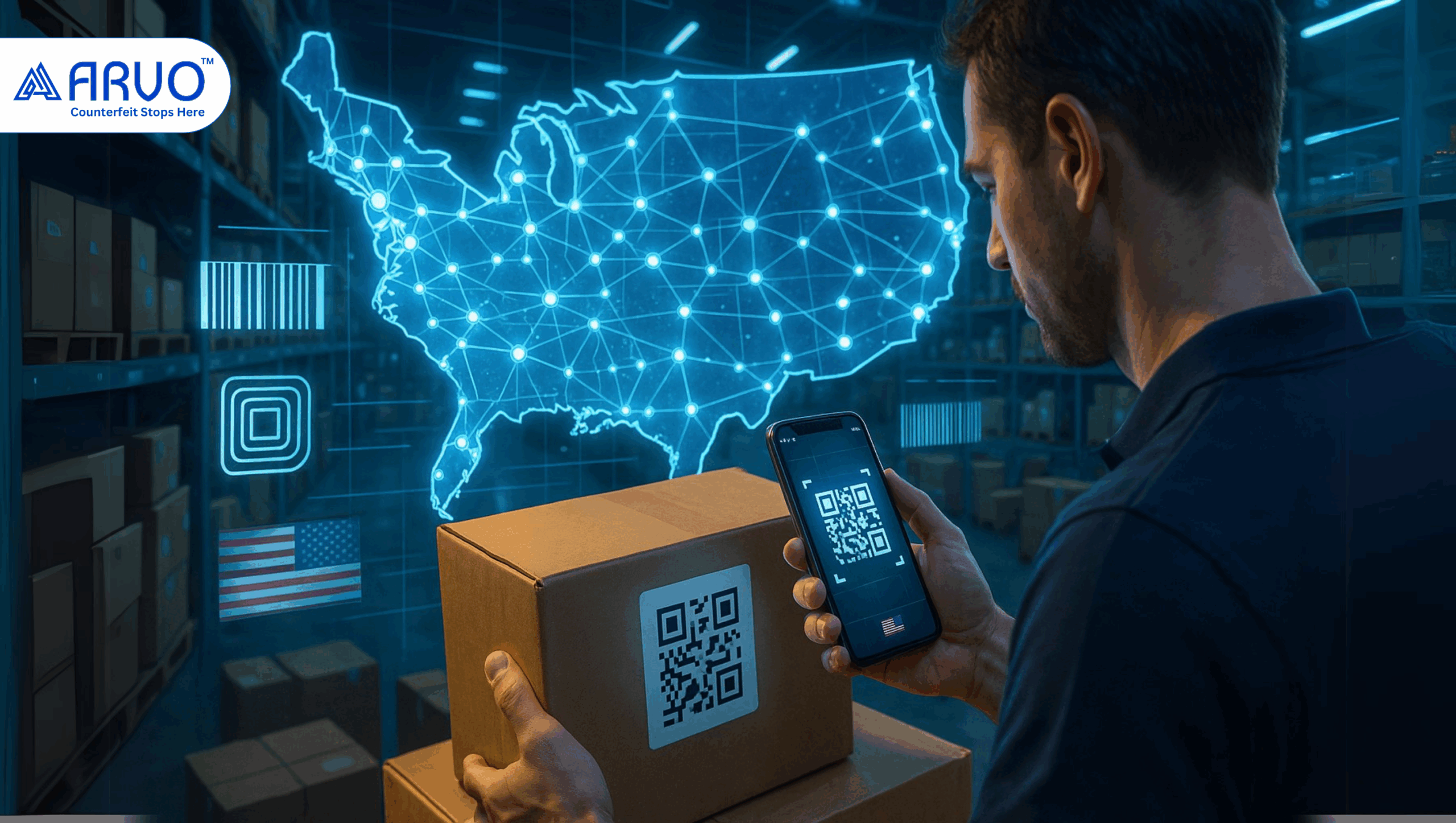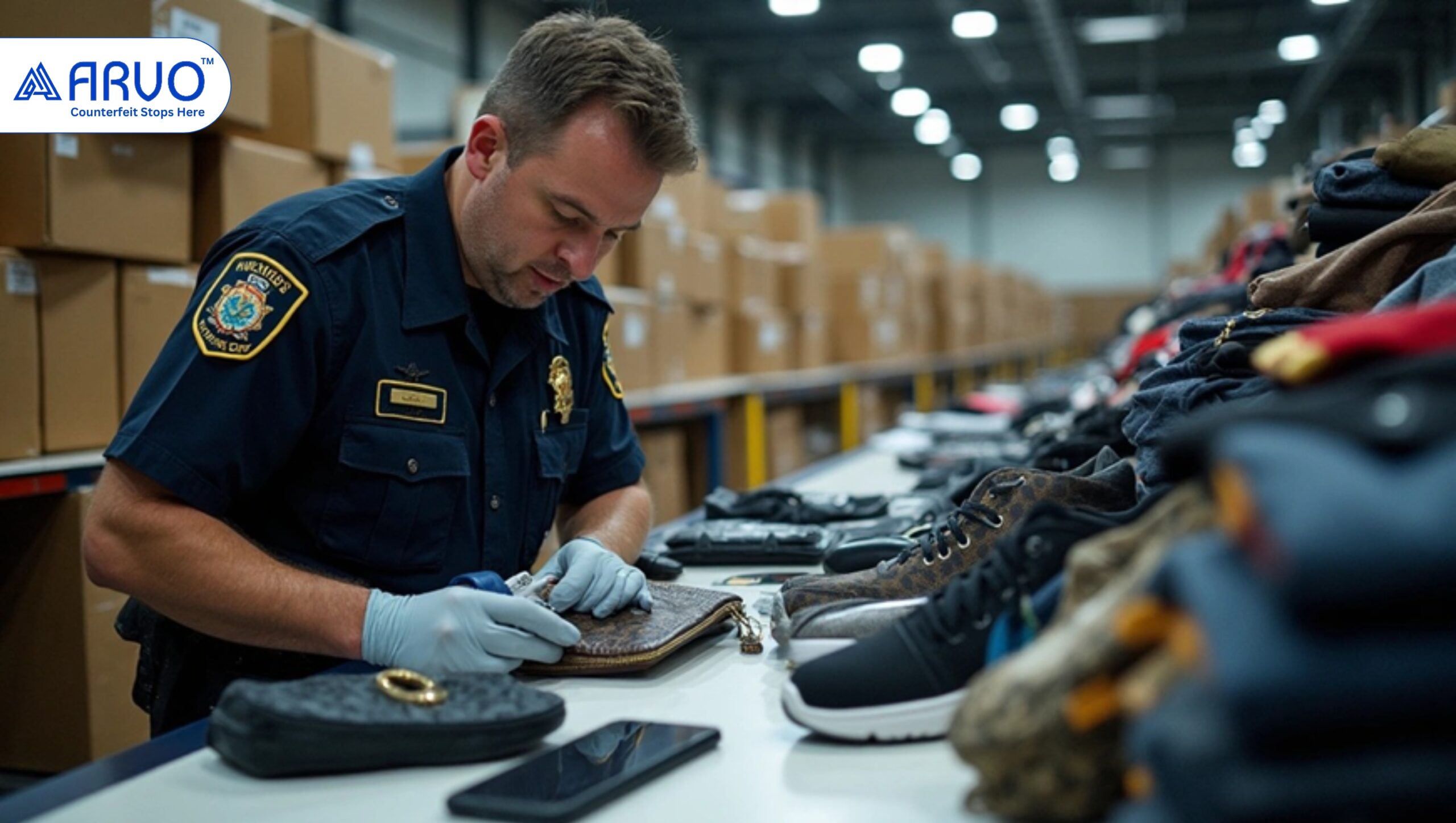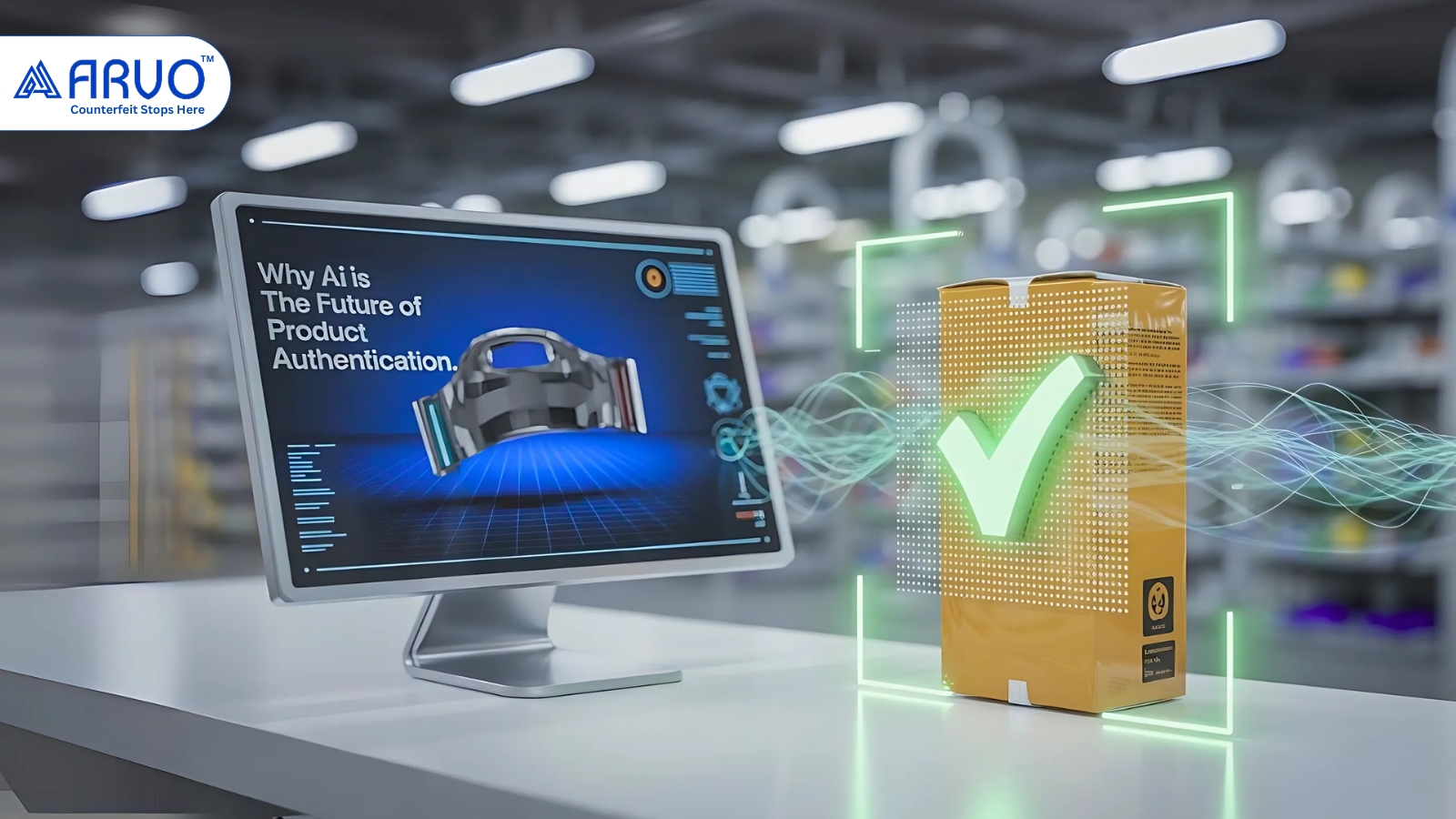Why Every Counterfeit Product Sale Is a Customer Lost for Life
Imagine this scenario: A customer excitedly purchases what they believe is your premium product. They’ve researched your brand, saved up for the purchase, and finally made the decision to buy. When the package arrives, they’re initially thrilled, until they begin to notice something isn’t quite right. The quality
Read MoreWhy Automotive OEMs Are Turning to Smart Labels for Supply Chain Transparency
The Growing Challenge in Automotive Supply Chains Today’s automotive OEMs are grappling with unprecedented complexity in their global supply networks. With the average vehicle containing around 30,000 components sourced from thousands of suppliers across different continents, achieving clear visibility and traceability using traditional methods is no longer sustainable.
Read MoreWhy Traceability Is the New Standard in the U.S. Supply Chains
In the past, supply chains were designed for efficiency, not transparency. Manufacturers focused on delivering products as quickly and cost-effectively as possible, often without full visibility into where materials came from or how they were handled. But in today’s world, where regulatory pressure is intensifying, consumer trust is
Read MoreAccelerating Ahead: India’s Automotive Aftermarket Boom and the Battle Against Counterfeiting
India’s automotive aftermarket sector is experiencing unprecedented growth, with experts projecting a compound annual growth rate (CAGR) exceeding 10%. This rapid expansion is fueled by multiple factors: the country’s growing vehicle population, increasing average vehicle lifespans, and rising consumer demand for affordable replacement parts and maintenance services. By
Read MoreCounterfeit Goods in America: A Growing Threat to Businesses and Consumers
Counterfeit goods have evolved from street-corner scams into a high-tech, global enterprise that touches nearly every industry in America. What was once limited to imitation luxury handbags or pirated DVDs is now a sophisticated criminal economy dealing in everything from pharmaceuticals to aircraft parts. This alarming growth not
Read MoreWhy AI Is the Future of Product Authentication: What Brands Must Do Now?
In a world increasingly flooded with counterfeit products, protecting authenticity with AI is no longer just a compliance requirement; it’s a strategic business advantage. As global supply chains grow more complex and counterfeiters get more sophisticated, traditional safeguards like holograms, barcodes, and tamper-proof seals struggle to keep up.
Read MoreReal-Time Scan Dashboards: A Game-Changer in Brand Protection and Counterfeit Detection
Counterfeiting is no longer a back-alley operation. It’s organized, digital, and alarmingly effective. Whether you’re in automotive, pharmaceuticals, FMCG, or electronics, counterfeit products are eroding trust, hurting revenue, and posing real safety risks. Customers can’t tell the difference. Distributors sometimes don’t know. Brands are often the last to
Read MoreInside the Fake Factory: Why the Indian Automotive Industry Is Vulnerable to Counterfeits
The automotive industry in India is thriving, with record vehicle sales, rapid electrification, and a robust manufacturing backbone. But behind this growth lies a less visible threat costing lives, eroding brand trust, and eating into billions in revenue: counterfeit automotive parts. From fake brake pads and oil filters
Read MoreProtecting the Automotive Value Chain: How Top Brands Are Fighting Counterfeiting
Counterfeit automotive parts are a growing threat to the global automotive value chain. From fake brake pads and filters to low-grade bearings and airbags, counterfeit components in the market pose serious safety risks, cause revenue losses, and undermine brand reputation. As counterfeiters become more sophisticated, leading automotive manufacturers
Read MoreInvisible Watermarking: The Future of Anti-Counterfeiting Technology in Packaging
What if the key to stopping counterfeits was something you couldn’t even detect?In an age where fake products are becoming more sophisticated, traditional packaging security methods are falling short. Today’s counterfeiters can replicate QR codes, mimic labels, and imitate entire product designs. But what they can’t easily forge
Read More








